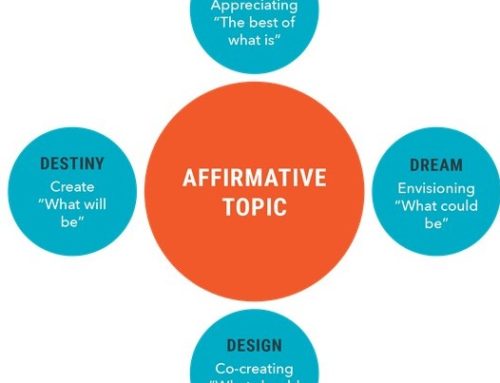You know those handy people who can do just about anything like repair a leaky faucet or hang wall décor without it looking like the Leaning Tower of Pisa? If you’ve ever asked these “chosen ones” how they learned all that random stuff, their response was probably something extremely anti-climactic like, “I don’t know…I just know how.”
Since that response is not helpful, let’s dive into a more analytical explanation for them – a theory known as the 70:20:10 Model for Learning and Development (which all of you L&D folks reading this post know plenty about). Typically credited to originating from the Center for Creative Leadership and having been around for more than five decades, this familiar model for workplace learning is also useful to understanding how we learn just about anything in our lives. It states that we learn:
- 70% of what we know through hands-on experience and practice;
- 20% of what we know through other people (colleagues, bosses, mentors, social networks, etc.); and
- 10% of what we know through formal learning (classroom instruction, books, etc.).
At a networking event this past week, I was taken a little off guard when someone randomly asked how I learned my trade. My first instinct was to respond with the same anti-climactic response I mentioned above, “I don’t know. I just know what I know.” After all, how often do we stop to think about how we know the things we apply in our personal and professional lives day after day?
After a brief pause though, I responded with, “Experiences and mentors.” It rolled off my tongue rather quickly, but it was so true. I’ve been fortunate to work on several diverse and dynamic projects and project teams throughout my career. I’ve also served on volunteer boards, taught courses at universities, and contributed to community programs and events. I’ve likewise been incredibly fortunate to have been both supported and challenged by mentors all along the way. Yes, I have the undergraduate and graduate degrees, and yes I’ve had formalized training…however, it’s the experiences and relationships that have taken that foundational classroom theory and instruction and turned it into a fruitful career.
Check out this brief 4-minute video where Charles Jennings shares some of the research and applicability of the 70:20:10 theory and what it means for organizational learning.
As you watch this video, I challenge you to think of the following:
- In what areas do you wish to grow? What does your individualized learning plan look like? Make sure you’re thinking beyond the typical register for this training or attend this conference, to things like what experiences can I position myself to gain; what people can I surround myself with; what social networks can I connect with?
- If you lead a team, organization, or L&D function, ask yourself…How can I align growth opportunities for my team to this 70:20:10 model? What does the environment need to look like? What resources could I share? What connections can I make? What questions can I ask?
- If you lead trainings, workshops, and other structured learning events, ask yourself…How can I incorporate “real,” hands-on learning into the session? How can I get participants to engage with each other and learn from one another? What post-learning event experiences could help participants immediately apply the classroom instruction?
Happy Learning!





